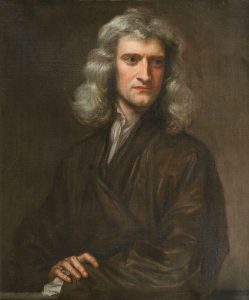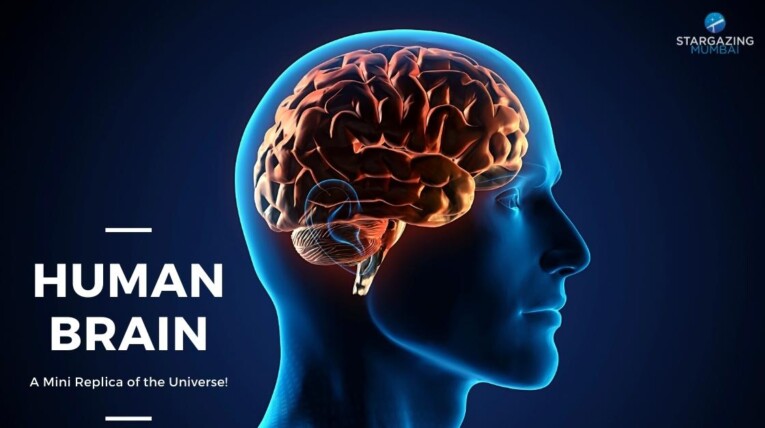Isaac Newton, a towering figure in the realm of science, left an indelible mark on the world with his groundbreaking contributions to physics and mathematics. Born on January 4, 1643, in Woolsthorpe, England, Newton’s journey from humble beginnings to revolutionary discoveries is a testament to the power of education and relentless curiosity.

Early Education and Formative Years of Isaac Newton
Newton’s educational journey began at The King’s School in Grantham, where he developed a keen interest in mechanical models and mathematical problems. However, it was at Trinity College, Cambridge, where his intellectual prowess truly blossomed. Newton delved into the works of influential thinkers like René Descartes and John Wallis, laying the foundation for his future breakthroughs
The Apple Doesn’t Fall Far
One of Newton’s most famous anecdotes involves an apple falling from a tree, leading him to contemplate the force responsible for this action. This contemplation eventually culminated in his law of universal gravitation. Newton’s meticulous observations and mathematical acumen propelled him to unveil a fundamental force governing the motion of celestial bodies.
Laws of Motion: A Fundamental Framework
Newton’s three laws of motion provided a comprehensive framework for understanding the dynamics of objects in motion. The first law, the law of inertia, asserts that an object at rest will remain at rest, and an object in motion will stay in motion unless acted upon by an external force. The second law relates the force applied to an object to its mass and acceleration. The third law introduces the concept of action and reaction, stating that for every action, there is an equal and opposite reaction.
Modern Applications of Newtonian Laws
Newton’s laws of motion are not confined to the pages of physics textbooks; they permeate our daily lives and drive technological advancements. From the design of automobiles to the trajectory of space missions, these laws underpin countless aspects of our modern world.
- Transportation – Newton’s second law is at the core of automotive engineering, guiding the design of vehicles for optimal performance, safety, and fuel efficiency.
- Aviation – The principles of aerodynamics, crucial in aviation, find their roots in Newton’s laws. The ability to navigate aircraft through the air relies heavily on an understanding of these fundamental concepts.
- Space Exploration – Newton’s laws play a pivotal role in space exploration. From the launch of rockets to the precise calculations needed for interplanetary travel, Newton’s gravitational principles are indispensable.
- Sports and Recreation – Whether it’s the trajectory of a soccer ball or the physics behind a gymnast’s routine, Newton’s laws influence the dynamics of sports and recreation.
Legacy and Continued Impact
Newton’s legacy extends beyond his laws of motion and universal gravitation. His work laid the groundwork for classical mechanics, providing a framework that persisted until the advent of quantum mechanics and relativity. The iconic equation F=ma, derived from Newton’s second law, remains a cornerstone in physics classrooms worldwide.
In conclusion, Isaac Newton’s journey from a curious student to a scientific luminary is a testament to the transformative power of education and intellectual curiosity. His laws of motion and universal gravitation, far from being relics of the past, continue to shape our understanding of the physical world and drive technological innovations in the present day. Newton’s legacy serves as a perpetual reminder that the pursuit of knowledge, no matter how humble its origins, can lead to extraordinary breakthroughs with far-reaching implications for generations to come.
You can also read:



